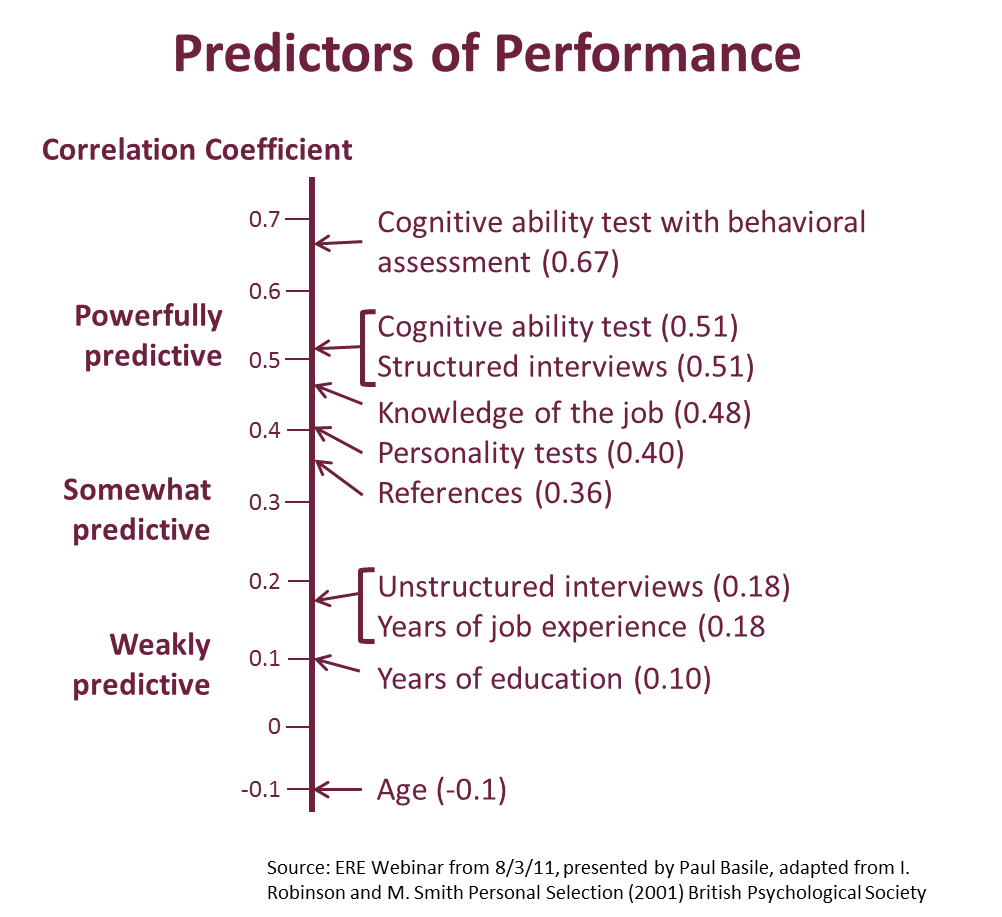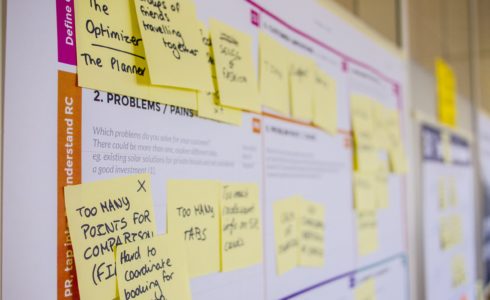How do you know if someone can keep up with the pace of change in a role? If they’re an effective decision maker? What about their problem solving skills? These are key questions that need to be answered in many hiring situations and it can be really hard to know for sure based on an interview.
That’s where cognitive ability tests come in. If they’re not in your hiring toolbox, you should add them. Let me explain why.
First off, what are cognitive ability tests?
A cognitive ability test, sometimes called a mental agility test, is a tool to measure aspects of general intelligence, such as mental agility and speed of thought, analytical thinking, the ability to learn quickly, and verbal reasoning skills. These attributes contribute to success in many different fields and types of jobs. The results of this kind of test will tell you how well someone can use mental processes to solve work-related problems and acquire new knowledge.
The Science of Prediction
According to psychological research, this kind of a test is one of the most powerful predictors of job performance. The way they measure it is called a correlation coefficient. That’s a measure of how accurately they predict success. Having a correlation coefficient of 1.0 would mean it’s a perfect predictor 100% of the time. Sadly, we’ve yet to invent the device that gives you this kind of insight into a candidate.
Cognitive ability tests have a 0.51 correlation coefficient to predicting job success. To put that in context, unstructured interviews have a correlation coefficient of 0.18, reference checks 0.36, and years of experience 0.18.
When you combine a test like this with a behavioral assessment, or pre-employment personality test, the result is a 0.67 correlation coefficient. You can see how they stack up to other predictors in the graphic below.
How to Use Them
As with any assessment tool, it’s more effective if you’ve got a target, or baseline, to compare your results to. For that reason, we recommend creating a target by testing existing high performers in the same, or a similar role.
Once you’ve got your target, the process looks something like this:
- Assign a test to your short-listed candidates
- Review the reports to get a general understanding of their score and what it means for on-the-job-performance
- Compare the candidates’ results to your benchmark for the role
- If they’re a match, there’s a good chance they have mental chops to succeed in the role
- If your preferred candidate is not a good match, or scored poorly, additional probing in follow up interviews and reference checking should be done.
As with any assessment or test, a cognitive ability test should never be the sole reason for including or excluding a candidate. Use it as one input, along with behavioral assessments and the results of a structured behavioral interview, to base your decision on.
You can learn more about our cognitive assessment, The McQuaig Mental Agility Test, here
Request A FREE DEMO of our Mental Agility Test Here
Image courtesy of Flickr CC and Marco Zanferrari
{{cta(‘0ddb6246-70f1-4972-9f4e-3c8c5b9e876f’,’justifycenter’)}












